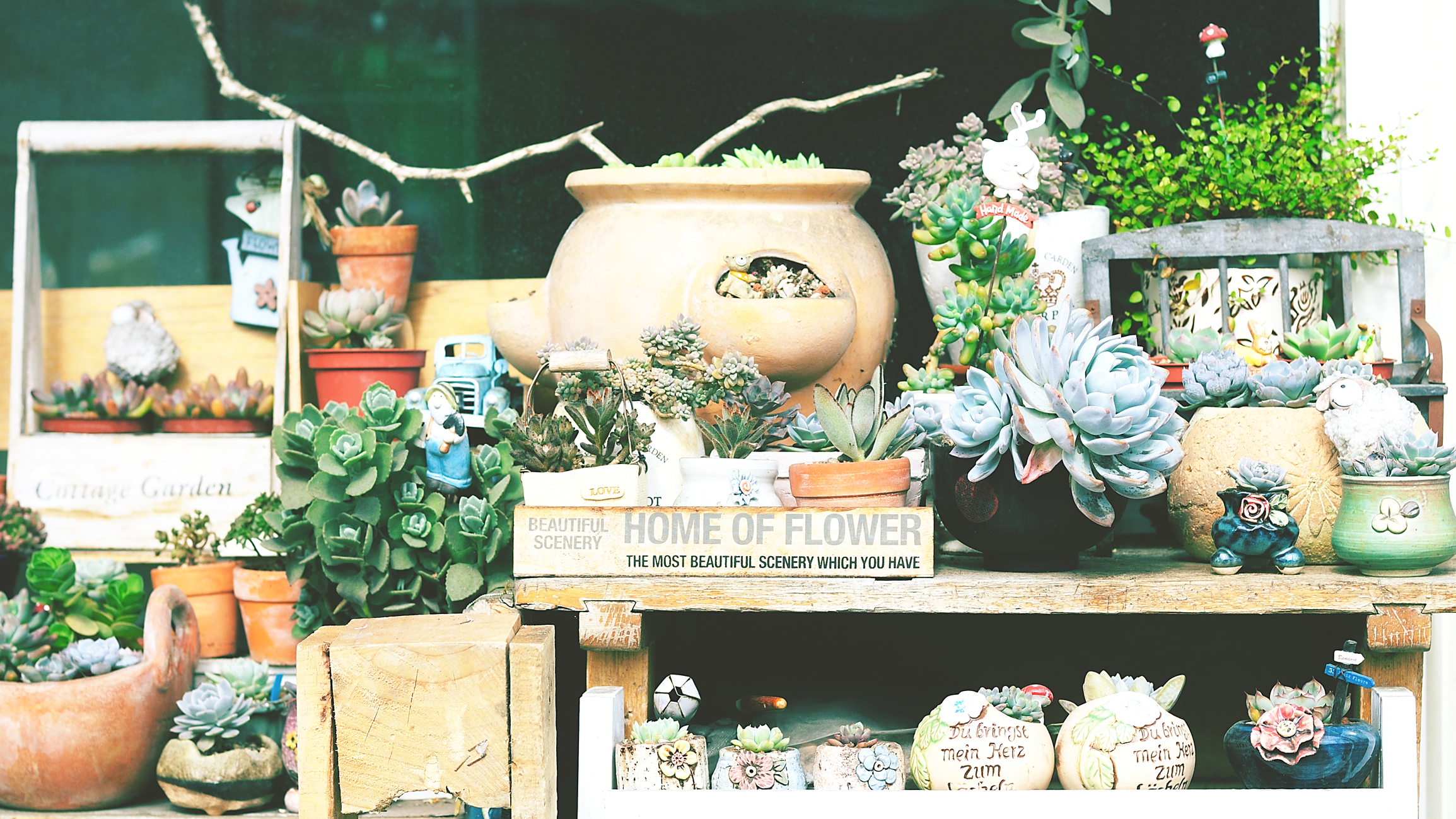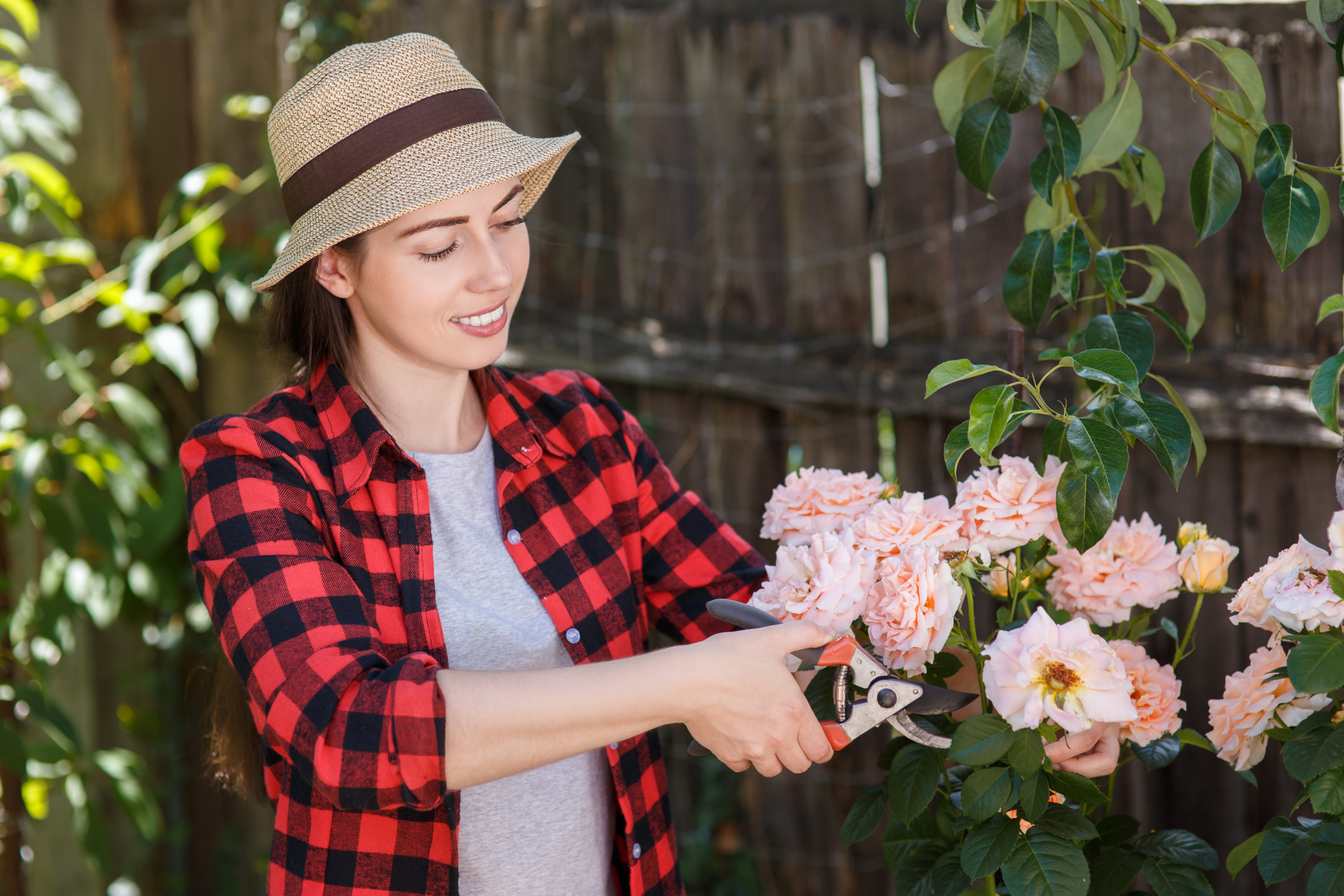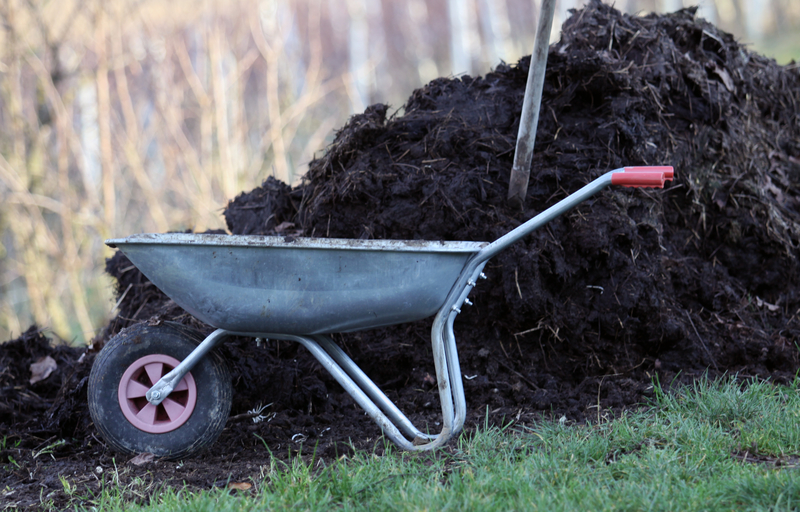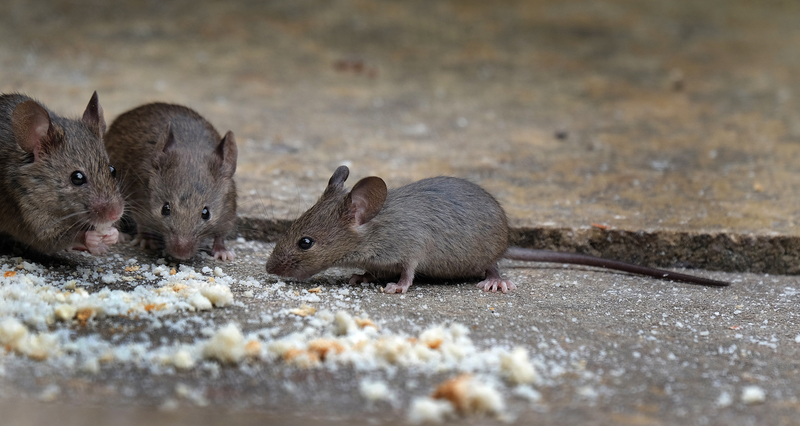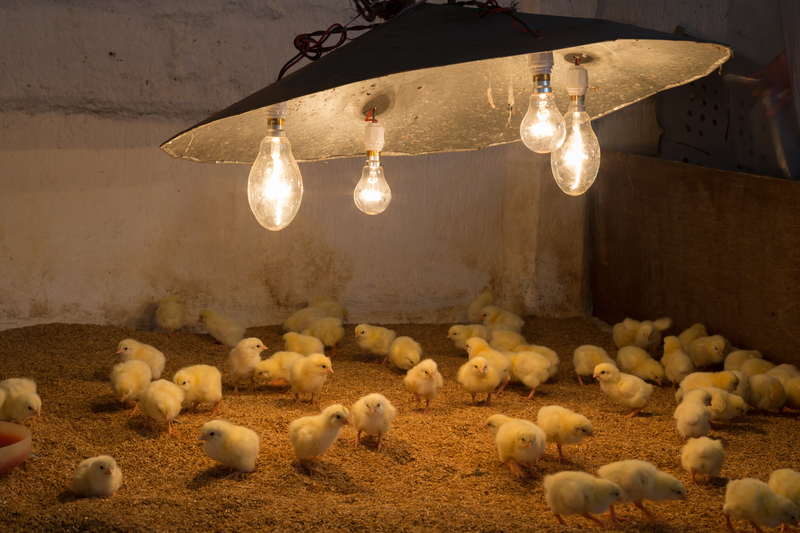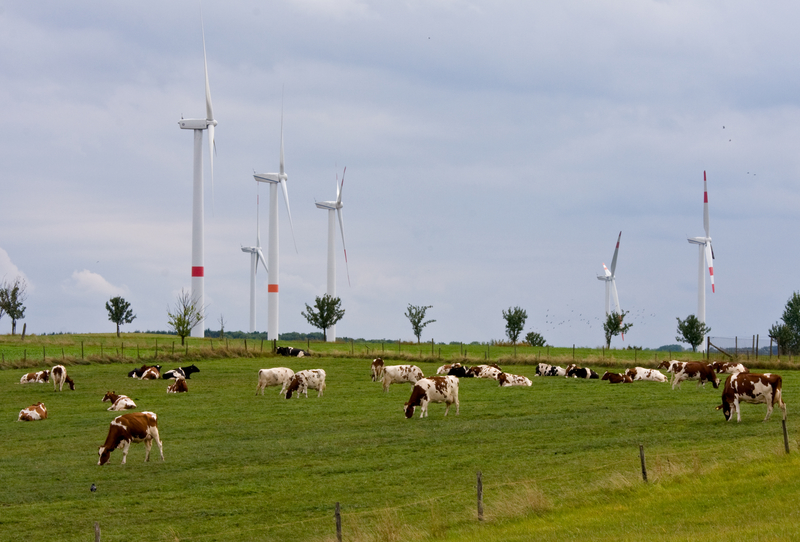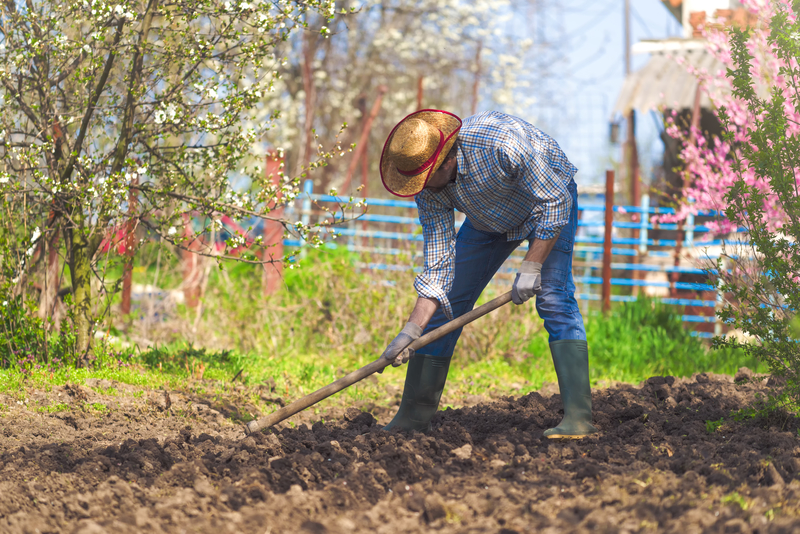5 Great Benefits of Having Succulents in Your Home
Plants help clean the air, add oxygen and any number of other benefits. The problem? Not everyone has a green enough thumb to keep their plants alive, let alone flourishing. Fortunately, you don’t have to have a degree in botany to enjoy having plants indoors; you have to pick the right ones. Enter the succulent. … Read more

